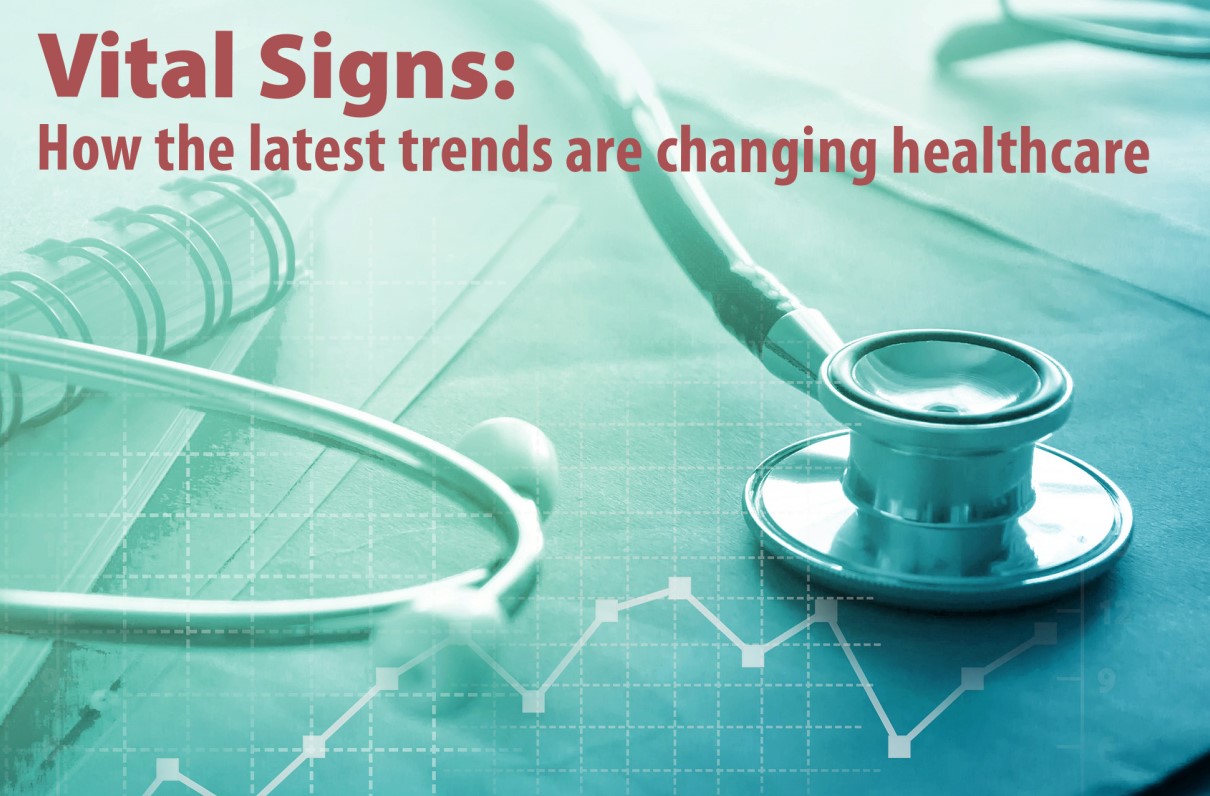This content is sponsored by MOAA Insurance Plans, administered by AMBA Administrators, Inc.
Remember when doctors made house calls? We don’t either. That once-common practice gradually disappeared decades ago as new medical technology and the need for greater efficiency began to shape the way healthcare is delivered.
New trends continue to emerge in the world of medicine. The COVID-19 pandemic, for instance, created unprecedented challenges — dramatically changing the landscape for patients and medical professionals alike. But it also led to innovation in treatment.
Seeing Your Doctor Doesn’t Necessarily Mean ‘Going’ to the Doctor
The pandemic led to a dramatic rise in the use of telehealth services. Now many medical appointments are simply a matter of logging on to Zoom or FaceTime. Even though most medical practices have resumed in-person appointments, the telehealth trend is likely to continue into 2024 and beyond. Physicians now realize that, for many medical issues, care can be provided more cost-effectively at a distance.
Patient, Heal Thyself
Here’s another important trend, fueled in part by the pandemic: More and more people are discovering the importance of preventive care. As a result, they’ve started practicing healthier lifestyle habits while at home. What’s more, studies have shown that being in a familiar home environment and close to family, can have a positive effect on a patient’s recovery and treatment outcome.
The use of wearable medical devices, such as smart watches, is also on the rise. You can use them to track your exercise activity and health indicators — including heart rate, blood oxygen levels, and blood pressure. Some can even predict the risk of heart attacks.
Making It Personal
These days, patients have more opportunities to receive care that is personalized to their specific health needs. When seeking medical treatment, it’s likely that you would now be more involved in creating your care plan, tailored to your own circumstances and preferences. The most advanced type of personalized care could even take into consideration your genetic makeup to predict the effectiveness or potential side effects of certain drugs.
A Not-So-Positive Trend: Healthcare Costs Are on the Rise
This trend is pretty cut and dried: healthcare costs have been rising for decades in the U.S. — and these days they can have a significant impact on a family’s budget. In fact, recent estimates reveal that Americans spend nearly $13,000 each year on healthcare.* Clearly, it’s critical to be prepared for those costs.
In response to this particular trend, there is some good news for MOAA members under age 65. The MOAA MEDIPLUS® TRICARE Supplement Insurance Plans work with your TRICARE coverage to help reduce out-of-pocket medical costs. Whether you’re on active duty, in the Guard or Reserves, retired, or looking to switch from a civilian employer plan, MEDIPLUS offers a TRICARE Supplement to suit your needs.
For more information about MEDIPLUS, visit moaainsurance.com/mediplus or call 1-800-247-2192.
* https://www.investopedia.com/insurance/why-do-healthcare-costs-keep-rising/ (September 2023)
